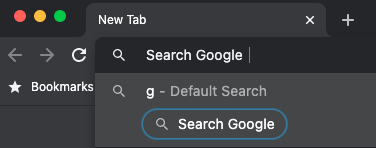Internode’s instructions for configuring IPv6 routing on linux are pretty terse, merely giving some suggestions for using WIDE DHCPv6 and radvd. On modern Linux with systemd, these extra daemons are unnecessary; all that’s required is systemd-networkd. This post describes the problems and how I got dual-stack IPv4/IPv6 routing over Internode’s NBN service, using a Raspberry Pi running Debian Buster.
Firstly, here’s all the things we want the router to do:
- Create a PPPoE connection to Internode via the NBN (HFC).
- Establish the IPv6 address of the upstream router and create a default route there.
- Issue Router Advertisements (RA) to other hosts on the LAN so that they can configure their global IPv6 address and default route using SLAAC.
- Act as a DHCPv6 client for Prefix Delegation. It’s not obvious why this is required: Internode allocates a static /56 prefix, and I can statically configure my router to advertise that in its RA. However, it turns out that without the DHCP lease, upstream routes aren’t created for hosts in the /56 prefix!
Glen Turner has an excellent guide for a setup on Debian Wheezy consistent with Internode’s recommendation, using the radvd and wide-dhcpv6-client packages. But on Debian Buster, this feels quite outdated: wide-dhcp6cd will exit immediately (rather than wait) if its config mentions an interface that doesn’t exist. Hence systemd disables it because of the fail-loop it enters on system boot when ppp0 doesn’t exist. On top of this, there’s no good logging level for wide-dhcp6cd; the “debug” level pours out minutiae of config-file parsing, while the merely “verbose” level gives no indication about what the DHCP replies contain. It’s also using a SysV-style init script rather than a modern systemd service.
I’ve also avoided using GNOME’s NetworkManager, which I feel is too bloated for a headless router in a stable network topology.
My configs follow.
Continue reading “Internode IPv6 on Linux with systemd-networkd”


